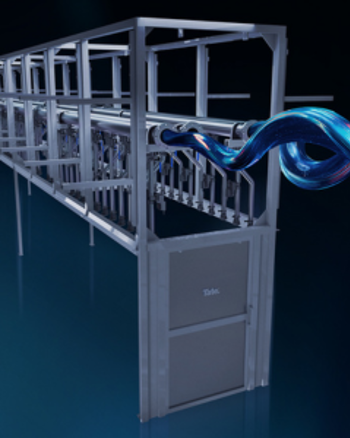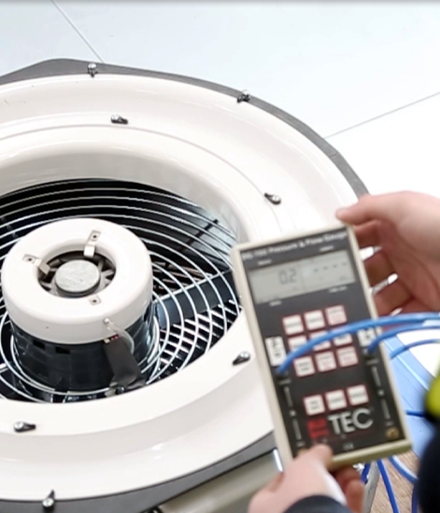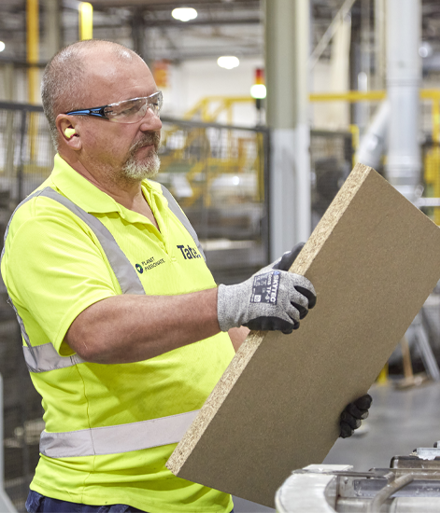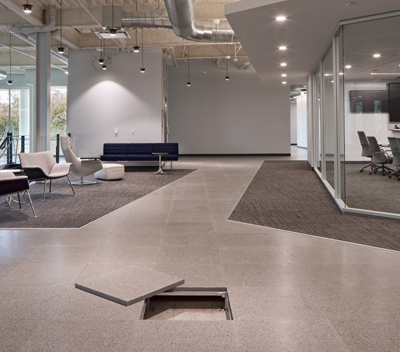
A raised access floor, sometimes referred to as a platform floor, computer floor, or suspended floor, is an innovative flooring system which features a hidden void underneath the floor’s surface panels. This void, also known as a plenum, is created by laying (or fixing) removable panels on top of adjustable pedestals that are secured to a solid subfloor. These panels are typically manufactured with a steel-encapsulated chipboard core and are usually 600mm x 600mm in size.
The height of the pedestals can be adjusted to create a gap between the original floor and the raised floor surface which typically ranges from 20mm to 1500mm.
Plenums provide discrete accommodation for building services, housing (among other things): electrical wiring, data and telecommunication cabling, water and drainage pipes, heating and ventilation systems, and fire detection/suppression systems. The plenum can be air-sealed to distribute conditioned air where it is needed.
Raised access floors are commonly specified in commercial and public spaces such as offices, data centres, shopping centres and hospitals, and provide easy access to the underfloor space (see image below).
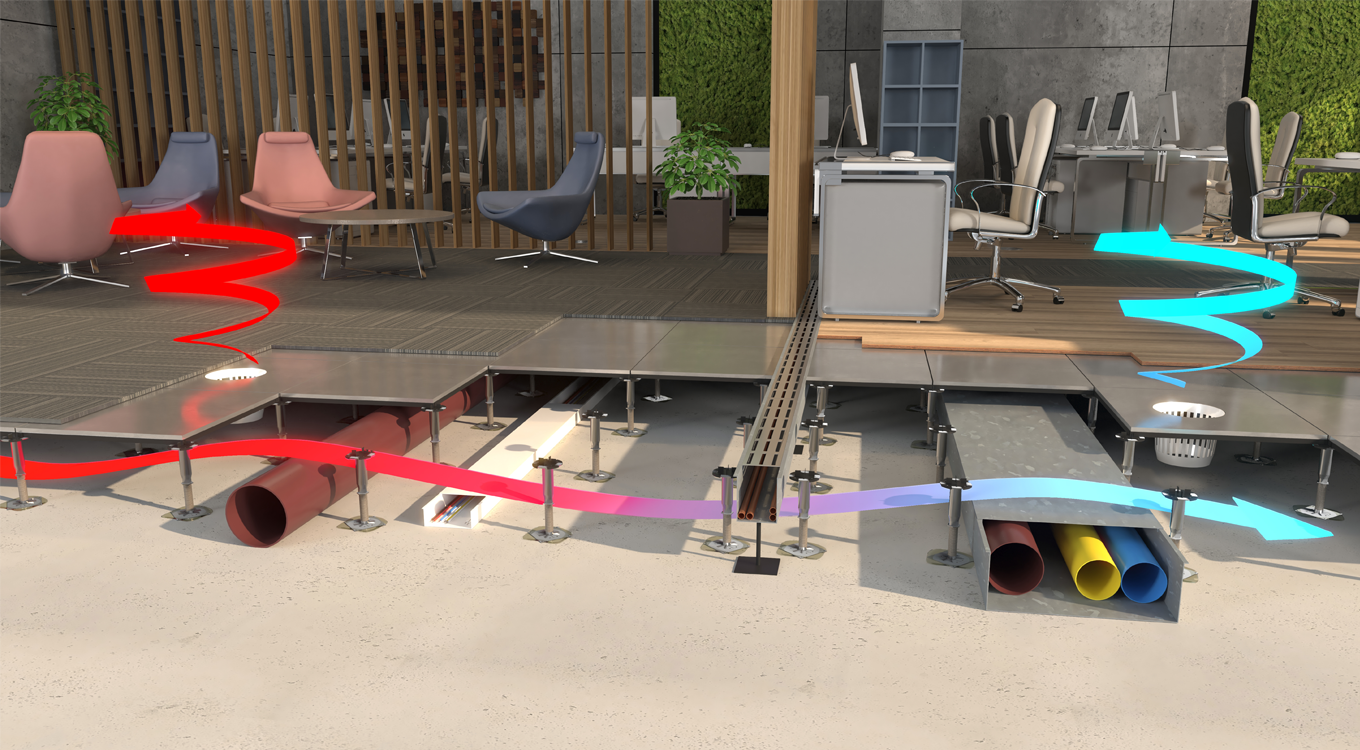
What industry standards apply to raised access floors?
The industry standards that determine the weight-bearing properties of a raised access flooring system in the UK & Ireland are the PSA MOB PF2 PS/SPU.
PSA: 2021 floor systems
The PSA MOB PF2/SPU standard was developed over 40 years ago and was updated in 2021. It is widely recognised as the go-to standard for raised access floors in the UK & Ireland for 3 key reasons:
- PSA-grade raised access floors are independently tested and verified.
- Easy to understand pass or fail test result.
- A PSA grade guarantees a full 25-year lifespan.
This specification categorises raised floor panels into four structural grades based on load-carrying capacity:
- Light
- Medium
- Heavy
- Extra Heavy
Its performance specification is prescriptive, and its requirements include fire safety, moisture and thermal movement resistance, electrical conductivity, dimensional accuracy, and strength.
In addition to its performance under load, the standard includes site installation points, recommended life expectancy of the raised floor system, and more.
Testing for compliance with one of the four standards MUST be carried out by an independent testing organisation with the United Kingdom Accreditation Service (UKAS).
Tate has been awarded PSA certification, ensuring our product offering remains “Best in Class”.
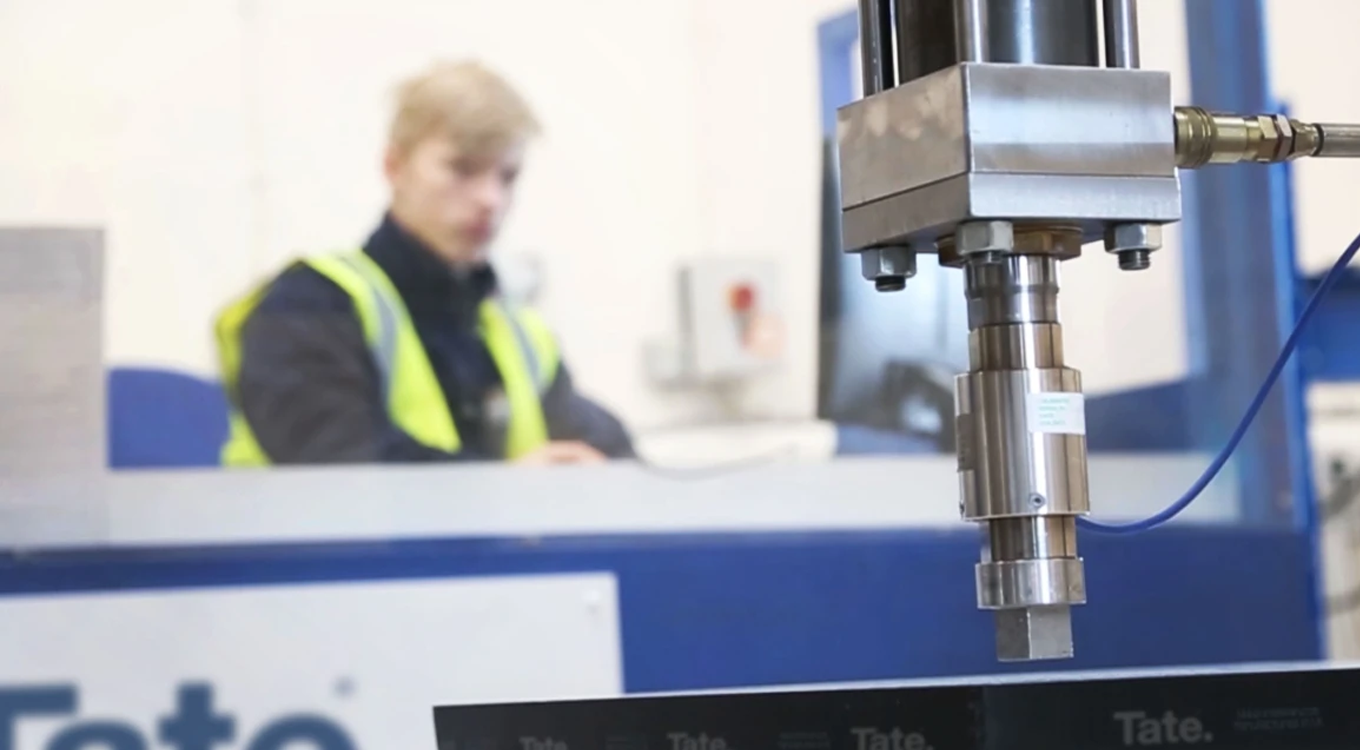
Benefits of raised access floors
- Easy installation and maintenance: rapid access to underfloor building services for maintenance and repairs, minimising any end-user disruption and saving time and money.
- Reduced project timelines: installing electrical and data cabling beneath the floor eliminates the need for cutting into walls or ceilings which can be a lengthy process.
- Protection and safety: electrical wiring and other utilities can be protected during construction work, covered by a safe, secure surface after installation.
- Enhanced design/infrastructure flexibility: commercial spaces and technical infrastructure can be configured and reconfigured quickly and efficiently.
- Sustainable design considerations: underfloor air distribution systems can improve energy efficiency by delivering conditioned air directly to where it's needed.
What is the lifespan of a raised access floor?
High-quality raised access floors which have been installed by skilled contractors can, and do, last for decades.
Floors that are compliant with PSA MOB PF2 PS/SPU specifications can remain in place for years. Tate offers a 25-year warranty on all its access flooring systems.
What design finishes can be used?
There are a wide variety of Architectural Finishes from Tate that can be applied to raised access floors to complement any design scheme.
Some popular options include terrazzo, vinyl, wood, granite, stone, and marble.
These finishes can be pre-bonded to the steel-encased chipboard core during the manufacturing process.
In addition, Tate offers magnet-backed engineered wood finishes in its award-winning Attiro architectural finish for easy application, maintenance, and simple replacement or reconfiguration, if required.

